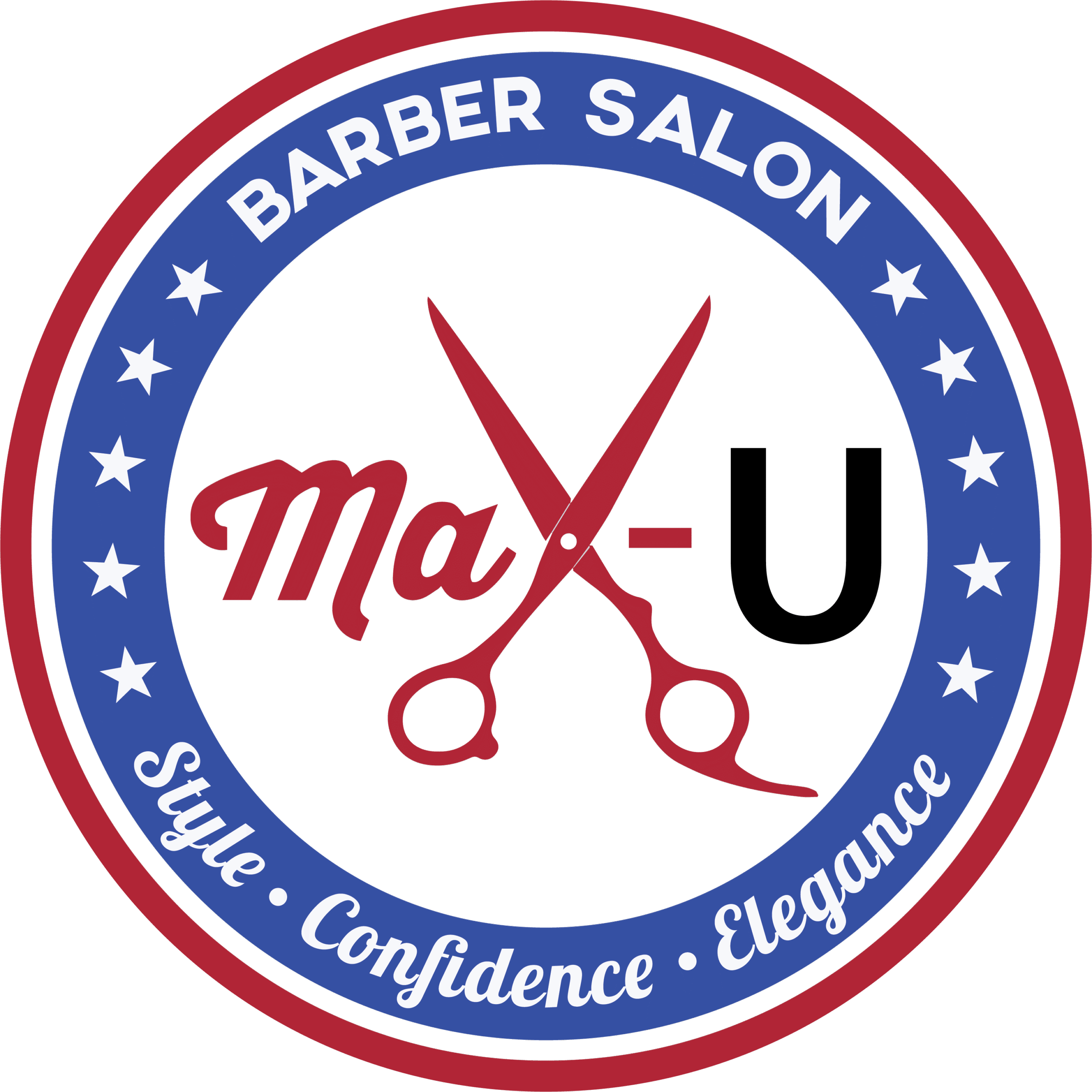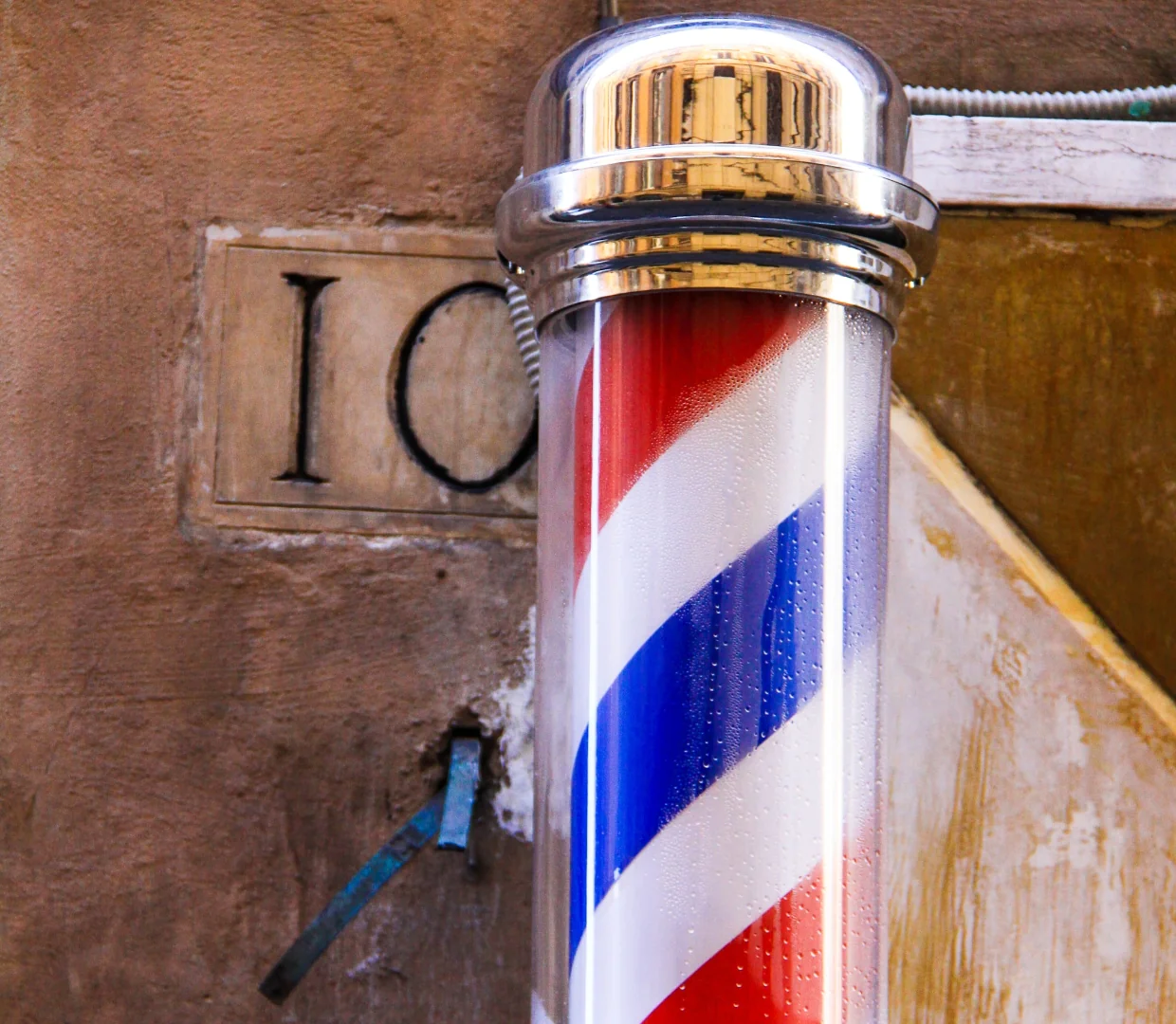A fade is more than just a haircut; it’s an art form, a testament to a barber’s precision and skill. Whether it’s a low fade, high fade, or skin fade, mastering this classic style requires a deep understanding of both technique and creativity. In this guide, we’ll dive into the essentials of creating the perfect fade, from the tools of the trade to the steps that guarantee a clean, smooth, and flawless fade every time.
1. Understanding the Fade
The fade is characterized by a gradual blend of hair lengths, starting from short at the bottom and gradually becoming longer towards the top. The key to a perfect fade is achieving a seamless transition between these lengths. The fade can be customized in many ways:
- Low Fade: The fade starts closer to the ears and the neckline, providing a subtle, natural look.
- Mid Fade: A balanced fade that sits between the low and high fade, giving it a well-rounded appearance.
- High Fade: The fade begins higher on the sides, often near the temples, offering a sharper contrast between the short and long hair.
- Skin Fade: The fade goes down to the skin, creating a smooth, clean look that blends the hairline seamlessly.
Each fade has its own unique vibe, but all demand a high level of technique to ensure the transition between lengths is smooth and even.
2. Tools You Need
To execute the perfect fade, barbers rely on a few key tools:
- Clippers: The most essential tool for fading. A good pair of clippers with adjustable guard settings will help create different lengths and achieve a consistent fade.
- Combs: A fine-tooth comb is used to detangle and smooth out the hair, allowing for more control while blending.
- Shears: For precision cutting and shaping the longer top layers of the hair.
- Blades: Taper blades or precision blades can help achieve that clean, sharp fade line.
- Trimmers: Used to define the edges and outline the fade at the nape, ears, and sideburns for a crisp finish.
- Razor: For sharp detailing and cleaning up any stray hairs along the edges or hairline.

-
3. Step-by-Step Guide to Creating the Perfect Fade
Creating a fade is a multi-step process that involves blending the hair carefully to avoid harsh lines. Here’s a breakdown of the steps:
Step 1: Start with the Right Length on the Clippers Begin by selecting the guard length that matches the desired fade style. If you’re starting with a low fade, use a longer guard for the top section and a shorter guard for the lower section. The key is to start with longer lengths and work your way down.
Step 2: Section the Hair To ensure precision, section the hair into manageable parts. Use clips to separate the top and sides. This will help you focus on one area at a time and create even transitions.
Step 3: Create the Outline Outline the fade by using the clippers without a guard to create a guideline around the area where you want the fade to start. This will act as a roadmap for your fade and prevent accidental mistakes.
Step 4: Start the Fade Using a clipper with the guard on, start cutting from the bottom and work your way up. Use a slight flicking motion as you reach the top, gradually lifting the clipper away from the scalp. This will help create the smooth, blended effect that’s key to a good fade.
Step 5: Blend the Layers After creating the initial fade, switch to a shorter guard to blend the lines between the different lengths. For a smoother transition, you may need to adjust the guard and use varying lengths to achieve a seamless blend. Keep the clipper moving in short, controlled strokes to avoid any harsh lines.
Step 6: Detailing and Cleanup Once the fade is blended, it’s time to clean up the edges. Use a razor or trimmer to outline the hairline around the ears, neck, and sideburns for that sharp, clean finish. Trim any stray hairs and double-check your fade to ensure it’s even.
4. Common Fade Mistakes to Avoid
Even experienced barbers can make mistakes when cutting fades. Here are some common errors to watch out for:
- Leaving Harsh Lines: Fading should always be a smooth transition, so avoid leaving any noticeable lines between the different hair lengths.
- Using Too Many Guards: While using a variety of guard lengths is essential, overcomplicating the fade with too many guards can lead to an uneven blend.
- Cutting Too Quickly: Take your time. Rushing through the fade can lead to mistakes and uneven blending. A perfect fade requires patience.
- Forgetting to Check Both Sides: Always make sure the fade is symmetrical on both sides of the head.
5. Maintenance and Aftercare
The fade can last anywhere from a few days to a few weeks, depending on the rate at which the hair grows. To maintain a sharp fade, regular touch-ups are necessary. For clients, it’s important to use gentle hair care products to prevent the fade from losing its crisp look.










